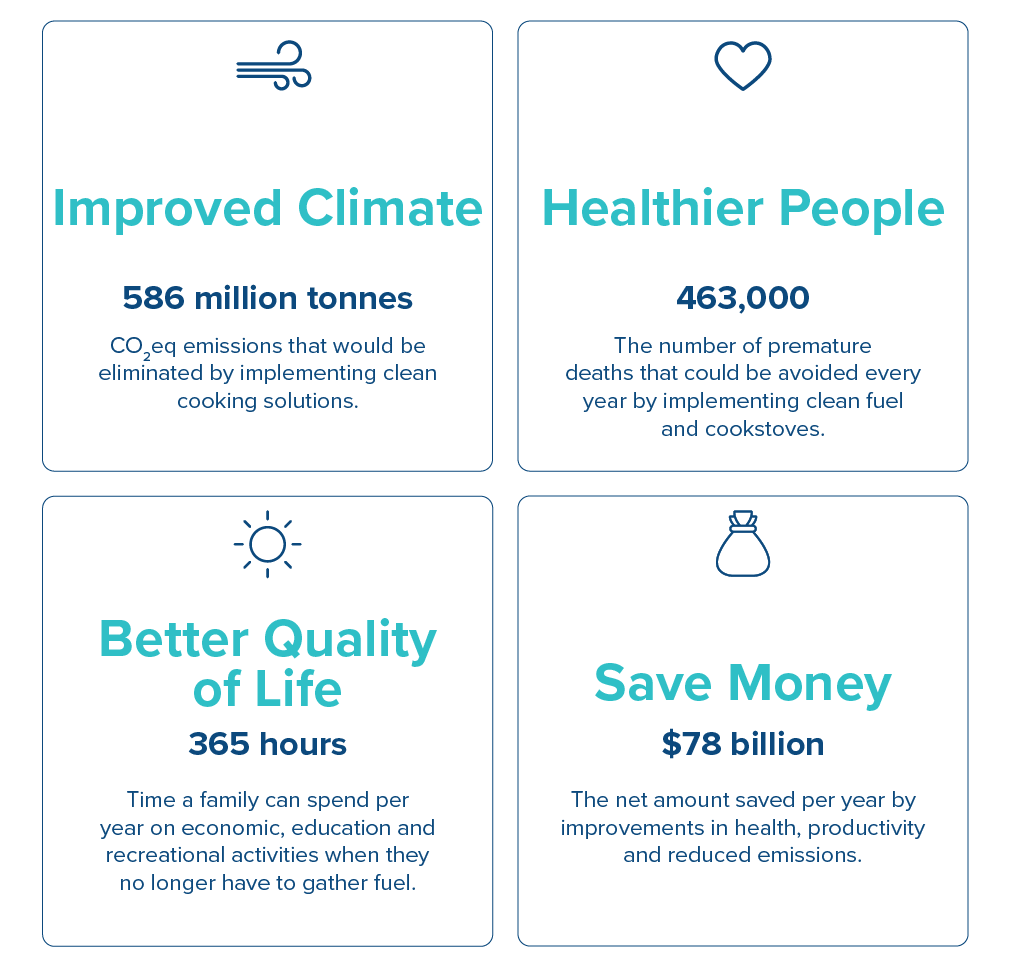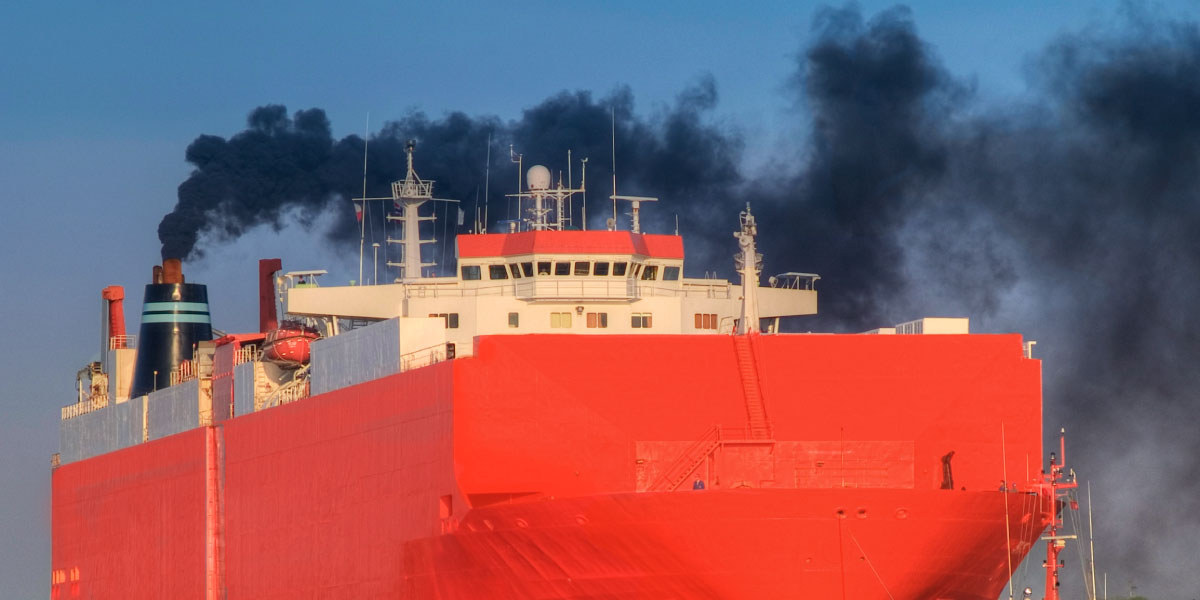Executive Summary
Black carbon – also referred to as soot – is a particulate matter that results from the incomplete combustion of fossil fuels and biomass. As a major air and climate pollutant, black carbon (BC) emissions have widespread adverse effects on human health and climate change. Globally, exposure to unhealthy levels of particulate matter, including BC, is estimated to cause between three and six million excess deaths every year. These health impacts – and the related economic losses – are felt disproportionately by those living in low- and middle-income countries. Furthermore, BC is a potent greenhouse gas with a short-term global warming potential well beyond carbon dioxide and methane. Worse still, it is often deposited on sea ice and glaciers, reducing reflectivity and accelerating melting, particularly in the Arctic and Himalayas.
Therefore, reducing BC emissions results in a triple win, mitigating climate change, improving the lives of more than two billion people currently exposed to unclean air, and saving trillions of dollars in economic losses.
Today, the majority of BC emissions stem from just a handful of sectors and countries. Over 70% of BC comes from the residential and transportation sectors, with the latter being the dominant source in high-income countries and the former driving emissions in low- and middle-income nations. On a country-level, China and India are the biggest emitters accounting for one-third of global BC emissions. When combined with Brazil, Indonesia, and Nigeria, these five countries alone emit 50% of all BC. While BC emissions trends over the past 20 years have been inconsistent globally, there has been a notable decline in Europe, North America, and China. Conversely, emissions have been rising in regions like Africa, South Asia, and Central Asia.
The Intergovernmental Panel on Climate Change recommends deep reductions in BC emissions by 2030 to achieve the Paris Climate Agreement goal of limiting warming to below 1.5°C, yet very few countries have addressed BC in their climate plans.
Fortunately, solutions that can rapidly reduce BC emissions by the end of this decade are readily available. By implementing the right policies, deploying targeted interventions in hotspots, and redirecting climate finance, policymakers and funders can mitigate the climate effects of BC while saving millions of lives and trillions of dollars. Below are key recommendations to achieve these aims based on the findings of this report:
- Urgently implement clean cooking solutions
Providing clean cooking fuels and technologies in sub-Saharan Africa and South Asia, especially in the hotspots of the Indo-Gangetic Plains, Nigeria, and Uganda, can significantly reduce BC emissions. Countries with low penetration of clean cooking fuel must urgently develop policies that make clean cooking a priority for health and climate. - Target transportation to reduce current – and prevent future – emissions
Retrofitting older diesel engines with diesel particulate filters can remove up to 95% of BC. Countries around the world must implement policies to phase out polluting vehicles, set emission standards, and accelerate the uptake of EVs and hybrids, especially in urban regions where transportation demand is growing rapidly. A successful shift to EVs demands national investments complemented with international financing and private capital. Multilateral development banks need to play a pivotal role in this transition, with strategies like concessional finance to fast-track key projects and stimulate private sector investment. - Reduce BC from the shipping industry
BC emissions from the shipping industry must be urgently reduced to protect the Arctic ecosystem. Shifting shipping away from heavy fuel oil and equipping ships with diesel particulate filters is a cost-effective approach that would quickly and significantly reduce emissions.
Suggested Citation
Jameel, Y., West, P.C., & Jasper. (2023). Reducing black carbon: A triple win for climate, health, and well-being. Project Drawdown. doi.org/10.55789/y2c0k2p3



